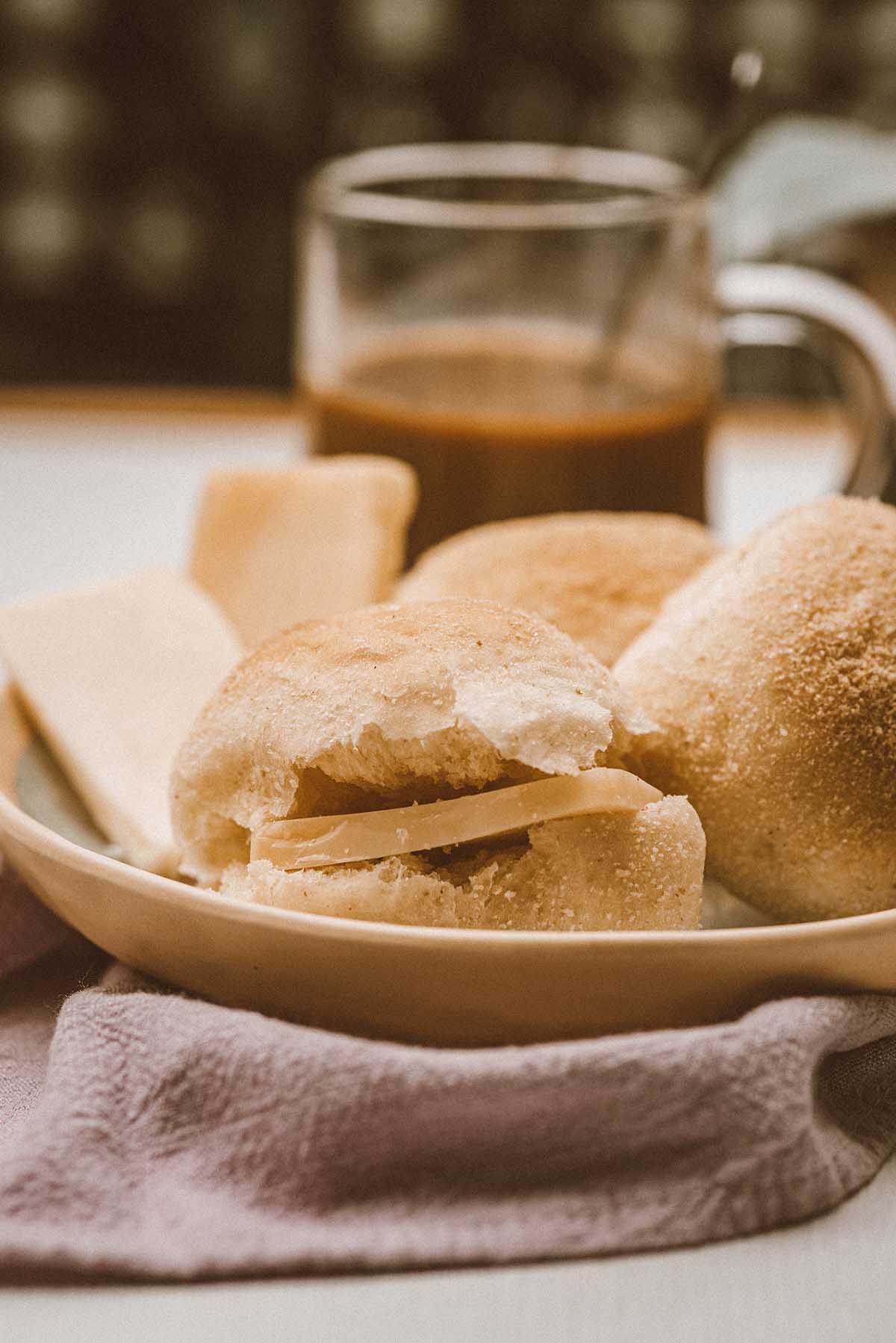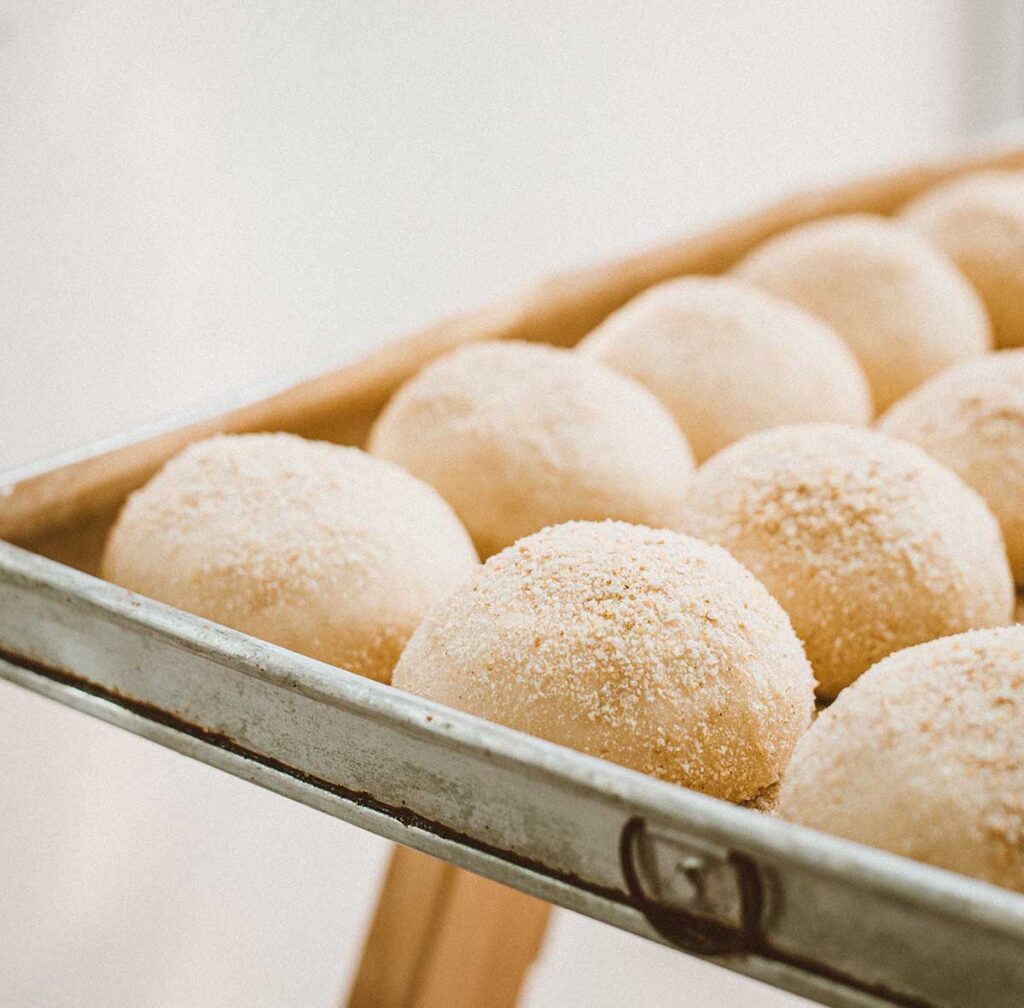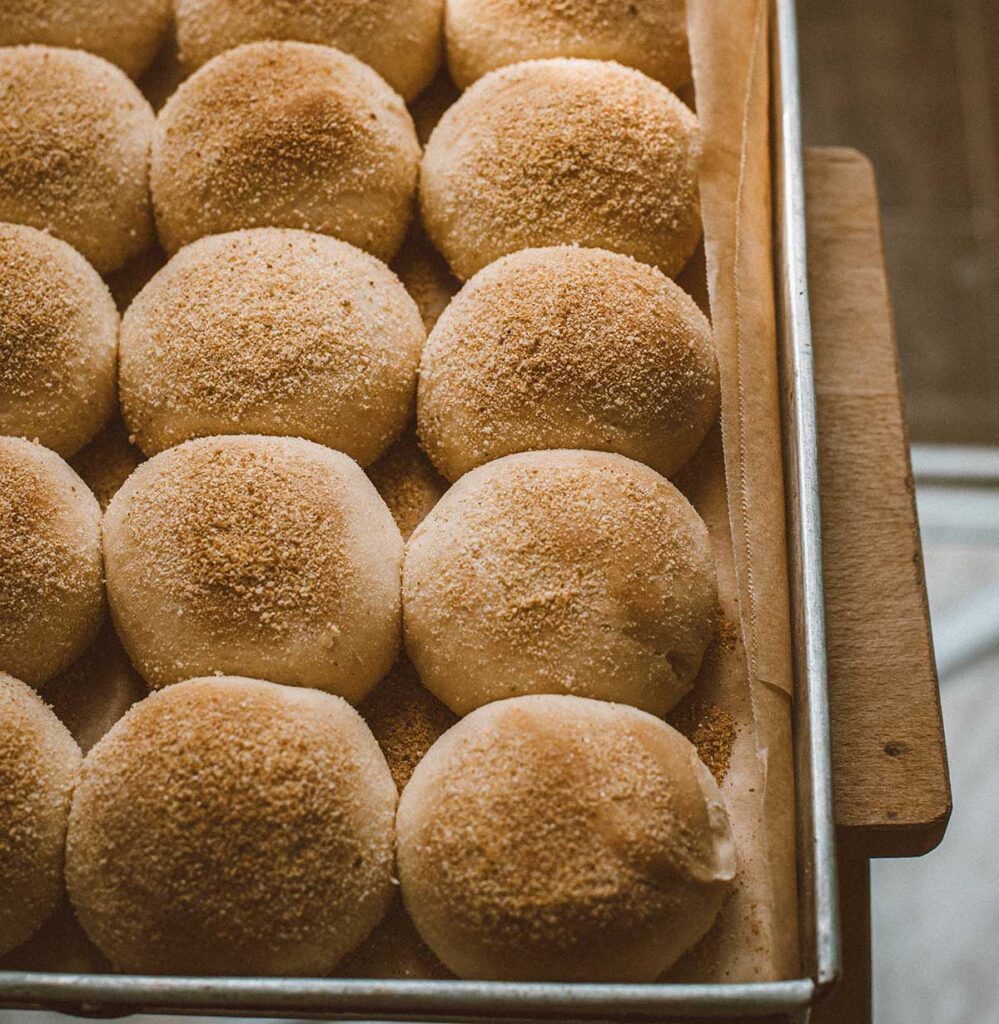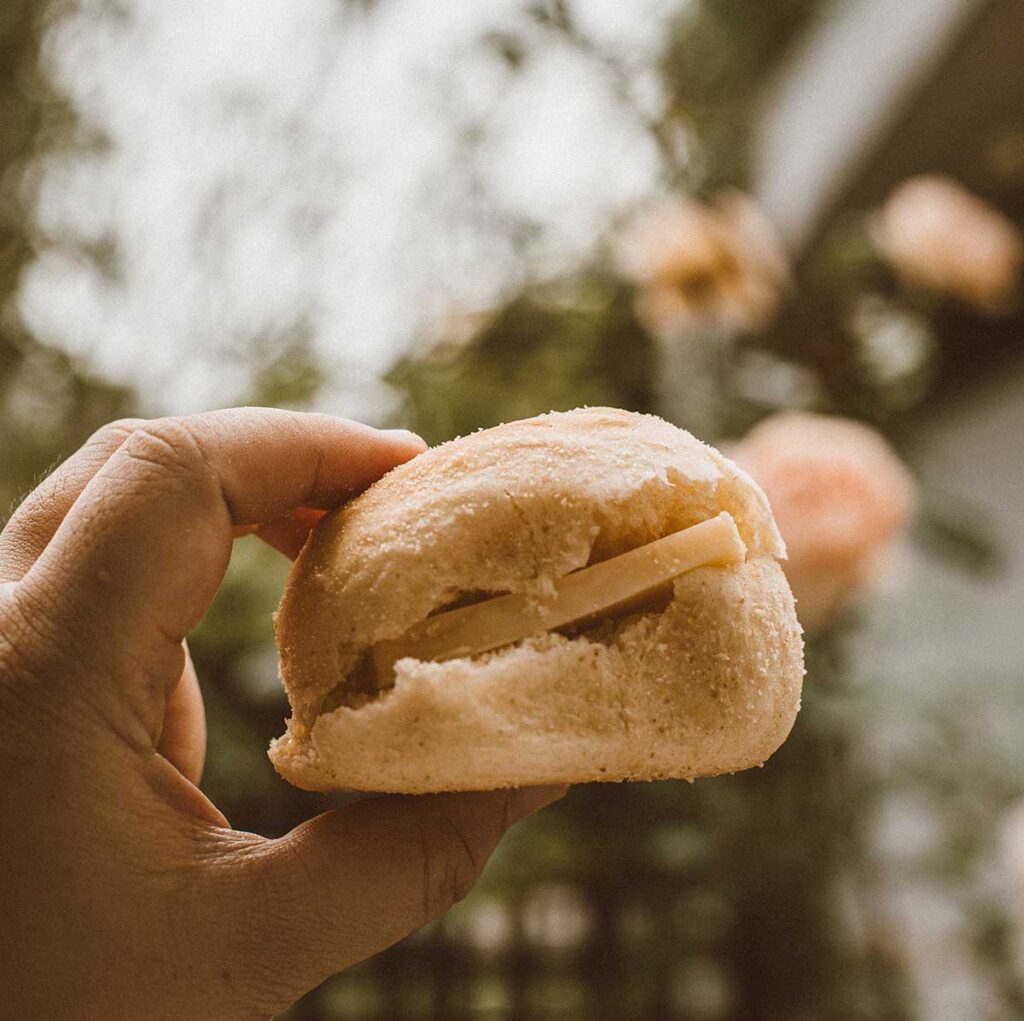Pandesal is the quintessential Filipino bread roll. Its name comes from the Spanish phrase pan de sal, which translates to “bread of salt.” No big surprise there, considering the Philippines was a Spanish colony for 333 years.
My first attempt at making pandesal was a total disaster. The rolls were tasty, sure, but they were so dense they could’ve doubled as paperweights. Eating them felt like gnawing on stones. After that, I swore off making pandesal ever again—well, until several years ago.

While I love pandesal as much as any Filipino, I do have one little gripe—the typical pandesal from bakeries these days can taste pretty bland, almost like cardboard. It’s coarse, lacking that softness I crave. I’m guessing it has something to do with the rising cost of ingredients and bakeries needing to turn a profit.
But as a home baker, is it possible to bring back those soft, finely textured, mouthwatering rolls we dream of? Is it too much to hope for better pandesal? I set to find out.

Relooking at the recipe
I started with a mix of simple, classic Filipino recipes—flour, yeast, eggs, water, salt—the basics. But the tricky part was that each recipe had different measurements, ratios, and types of ingredients. Many of them used cups (sometimes not even standard ones!), and I found volume measurements to be pretty inconsistent. So, it took several rounds of trial and error to figure things out.
I then looked at the flour. For this recipe, I went with all-purpose flour. Not only is it the most common flour in our kitchens, but it also gives the right balance for soft, tender rolls. Bread flour, on the other hand, has more protein, which helps develop gluten. More gluten means chewier, denser bread—great for some recipes, but not quite what I was aiming for with pandesal.
What about the other ingredients? I wanted a more flavorful pandesal, so I made a few swaps. For starters, I used milk instead of water and added full cream milk powder for that extra creaminess. For the fat, I went with unsalted butter instead of shortening or margarine—it just gives a richer flavor. I also added a bit of sugar to balance everything out.

I knead more
But was that enough? I decided to do some more googling on bread-making and stumbled across a few helpful baking tips. To be honest, aside from the milo-flour-sugar mix my sister and I once tried baking over hot coals as kids, I didn’t have much baking experience until I hit my 20s. It hit me then—I really had no idea what proper dough was supposed to look or feel like!
I realized I wasn’t kneading the dough enough, and I didn’t know how to tell if I’d done enough. I was always worried I’d overdo it with my KitchenAid and mess up the dough. Then, I came across the concept of the “windowpane stage,” and things started to click.
Even though a lot of recipes say to knead the dough until it’s “soft and elastic,” I could never really tell what that meant. How elastic is it supposed to be? That’s where the windowpane test comes in handy. Basically, you take a small piece of dough, flatten it, and gently pull on opposite sides. If it tears right away, you need to keep kneading. But if you can stretch it thin enough for the center to become a bit see-through (like a windowpane), you’re good to go!

Final thoughts
Surprisingly, making your own pandesal is pretty easy. I was a bit hesitant at first, mostly because I didn’t know the first thing about baking, but pandesal is such a simple and forgiving recipe. Unlike Spanish bread, there’s no fancy shaping involved, and you don’t have to worry about making a cheese streusel like you would for cheese bread. The ingredients are super easy to find, and if your pandesal turns out a bit rock hard, you can always dip it in coffee!
And hey, if it doesn’t work out the first time, there’s always the next (or the next-next) time. Plus, your taste testers will probably be more than happy to try out your “failures!”



